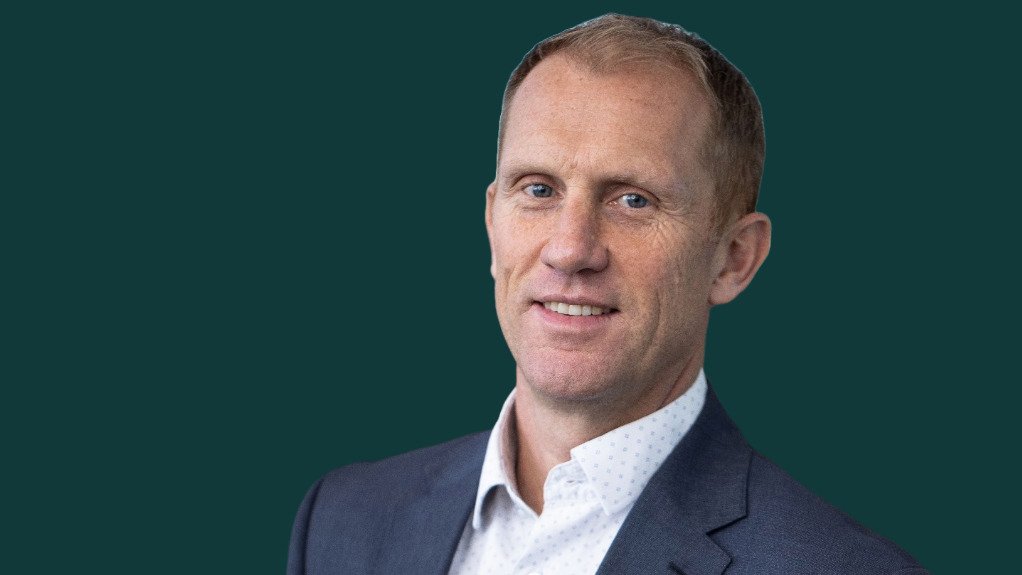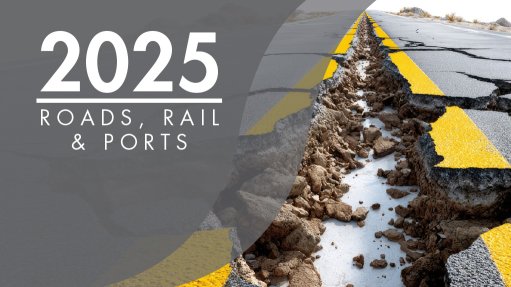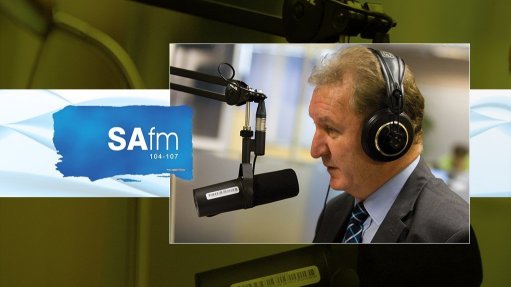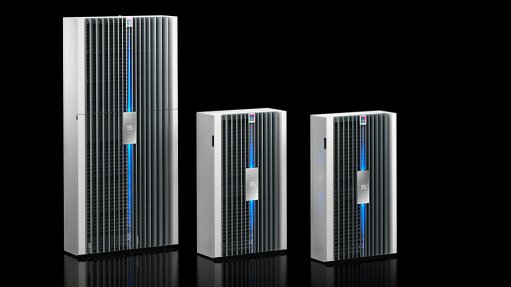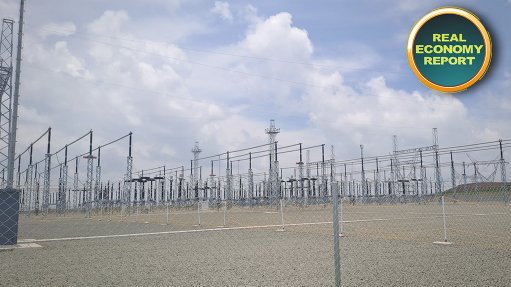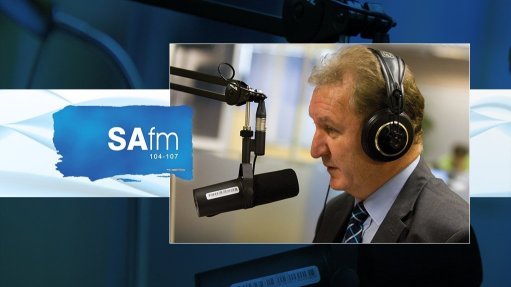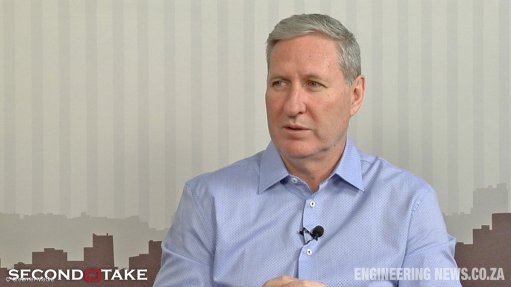Energy Council views launch of wholesale electricity market as key to sustaining reform momentum
The Energy Council of South Africa is strongly supportive of the goal of launching the initial phase of the South African Wholesale Electricity Market (SAWEM) in early 2026, arguing that the platform is key to sustaining reform momentum in the electricity sector amid signs of a slowdown.
The National Transmission Company South Africa (NTCSA), which has applied for a Market Operator licence, has indicated the SAWEM will be launched in a phased approach starting on April 1.
The SAWEM will be launched through Eskom power stations, as well as those independent power producer (IPP) generators that have been procured through public auctions to create transparency and confidence in the operations and oversight of the platform, before bringing in private sector generators and market participants.
The subsequent phase of development will be focused on ‘system balancing’ by mandatory participation of all 10 MW-plus generators. Balancing is viewed as an important step in market functionality as all generators must be compliant and develop capabilities to accurately forecast, nominate, schedule and settle their generation profile on an hourly basis in the day-ahead market.
Several milestones would have to be achieved to meet the proposed SAWEM launch schedule, including securing the regulatory approval for the Market Code, the Market Operator licence, the wholesale tariff rules and vesting contracts with Eskom stations. Section 34 IPP’s will have their existing power purchase agreements linked to the market as legacy contracts which along with the vesting contracts will be administered and settled in the SAWEM by the Central Purchasing Agency.
CEO James Mackay tells Engineering News that, while there is much scepticism about the ability to meet the deadline, the council believes it will be a crucial signal of South Africa’s ongoing commitment to the restructuring of the sector to meet government policy and legislation for a liberalised market with competitive generation.
The traditional centralised and monopoly utility control, he says, is not suited to managing the changing sector energy mix, variability and decentralised investment. With the added pressure of an over reliance on poor performing, large coal-fired power stations, this reality has been in strong evidence since 2007 when South Africa first descended into loadshedding, which intensified to the point of almost daily power cuts in 2023.
Despite the successful stabilisation and end of “structural” loadshedding, Mackay says the risk of loadshedding is still real at current reliability levels. He further adds that there is broad consensus, including with key government role-players, that South Africa needs to add between 4 000 MW and 5 000 MW of new renewable generation capacity yearly, plus accelerate battery storage deployment and develop gas to power in preparation for the retirement of several aged coal stations.
The slow pace of introducing new generation has already delayed that retirement programme; a development that required the granting of exemptions to several coal power stations from meeting air pollution standards.
He says that, while the next three to five years are critical for the sector, there are signs of a slowdown in reform momentum. This, partly because of insufficient physical grid infrastructure to connect the new capacity, but also because of lags in finalising the regulatory frameworks for implementation.
The highest-profile fallout of this lag is Eskom’s ongoing objection to the issuance of licences to traders on the basis that the rules are not yet in place, despite the Electricity Regulation Amendment (ERA) Act, which came into force this year, pointing to a key role for traders in the market.
Mackay acknowledges the progress being made to expand the grid and to accelerate the process through private sector participation, but is concerned about what will be a critical shortage specifically between 2028 through to 2030 which he describes as a key period for maintaining the build momentum.
Mackay, thus, identifies accelerating grid expansion as the most critical technical lever for sector reform.
KEY NON-TECHNICAL LEVER
However, he views the establishment of the SAWEM as central to all reform and the main non-technical lever required to keep all the system changes in sync, including the unbundling of Eskom and transparency of efficiency and prices.
SAWEM enables competition and eliminates cross-subsidies, which is a concern consistently raised by Eskom when pushing back on private sector wheeling, Mackay avers.
“Here, the market is very critical, as the market introduces a level playing field, including Eskom generation being independent and competing in all technologies but on a level playing field with any other market participants.
“It opens up the prospect for correct price discovery, because it starts allocating tariffs against the use of the system,” he says.
Such price discovery is crucial for creating visibility of the real costs and how these should be fairly allocated across the electricity supply industry and through a tariff structure.
Mackay acknowledges that this could be painful for some market participants during the transition to a fully unbundled tariff, especially the older corporate PPA’s that failed to account for the introduction of a market.
But he argues that such a transition will lay the basis for greater efficiency, as well as future investment and grid stability. It will also introduce grater generator accountability, as they will be responsible for matching forecasted and actual energy delivered, and for settling any imbalances.
While the launch of the market itself will not deliver that level playing field from day one, it is nevertheless aligned with the ERA’s provision for a five-year phase-in period to cater for such an evolution.
The NTCSA has indicated that significant progress has been made in finalising the Market Code, and the National Energy Regulator of South Africa (Nersa) is expected to host public hearings in the coming months on the code as well as on NTCSA’s application for a Market Operator licence.
Eskom has also been operating an internal ‘Dynamic Energy Market’ since October 2019, whereby its power stations bid energy into the internal Eskom merit-order to be dispatched by the system operator.
“Eskom stations along with all generators ultimately will be financially penalised in the market for unreliable and inaccurate generation profiles, which will support the system operator in managing the growing system variability and complexity,” Mackay explains.
To expose more industry participants to the market concept and to how trading works, a SAWEM School will also be launched together with tertiary institutions, with the first session scheduled for the Wits Business School in July. The course material has been developed, alongside a simulation tool and the first “dry-run” school has been undertaken.
Mackay believes it is essential, however, to begin operating the platform in front of rather than behind the “paywall” to help build industry and investor confidence as well as show that South Africa remains committed to transitioning to a fully competitive generation sector that is fair and transparent.
He says there are several risks associated with delaying the launch, including a loss of investor confidence, which would result in a further extension of Eskom’s monopoly.
The upside, meanwhile, would be the creation of a framework for generator optimisation, cost transparency, grid modernisation and improved access, distribution sector restructuring and the opening up of space to create innovation in the sector.
Article Enquiry
Email Article
Save Article
Feedback
To advertise email advertising@creamermedia.co.za or click here
Comments
Announcements
What's On
Subscribe to improve your user experience...
Option 1 (equivalent of R125 a month):
Receive a weekly copy of Creamer Media's Engineering News & Mining Weekly magazine
(print copy for those in South Africa and e-magazine for those outside of South Africa)
Receive daily email newsletters
Access to full search results
Access archive of magazine back copies
Access to Projects in Progress
Access to ONE Research Report of your choice in PDF format
Option 2 (equivalent of R375 a month):
All benefits from Option 1
PLUS
Access to Creamer Media's Research Channel Africa for ALL Research Reports, in PDF format, on various industrial and mining sectors
including Electricity; Water; Energy Transition; Hydrogen; Roads, Rail and Ports; Coal; Gold; Platinum; Battery Metals; etc.
Already a subscriber?
Forgotten your password?
Receive weekly copy of Creamer Media's Engineering News & Mining Weekly magazine (print copy for those in South Africa and e-magazine for those outside of South Africa)
➕
Recieve daily email newsletters
➕
Access to full search results
➕
Access archive of magazine back copies
➕
Access to Projects in Progress
➕
Access to ONE Research Report of your choice in PDF format
RESEARCH CHANNEL AFRICA
R4500 (equivalent of R375 a month)
SUBSCRIBEAll benefits from Option 1
➕
Access to Creamer Media's Research Channel Africa for ALL Research Reports on various industrial and mining sectors, in PDF format, including on:
Electricity
➕
Water
➕
Energy Transition
➕
Hydrogen
➕
Roads, Rail and Ports
➕
Coal
➕
Gold
➕
Platinum
➕
Battery Metals
➕
etc.
Receive all benefits from Option 1 or Option 2 delivered to numerous people at your company
➕
Multiple User names and Passwords for simultaneous log-ins
➕
Intranet integration access to all in your organisation



